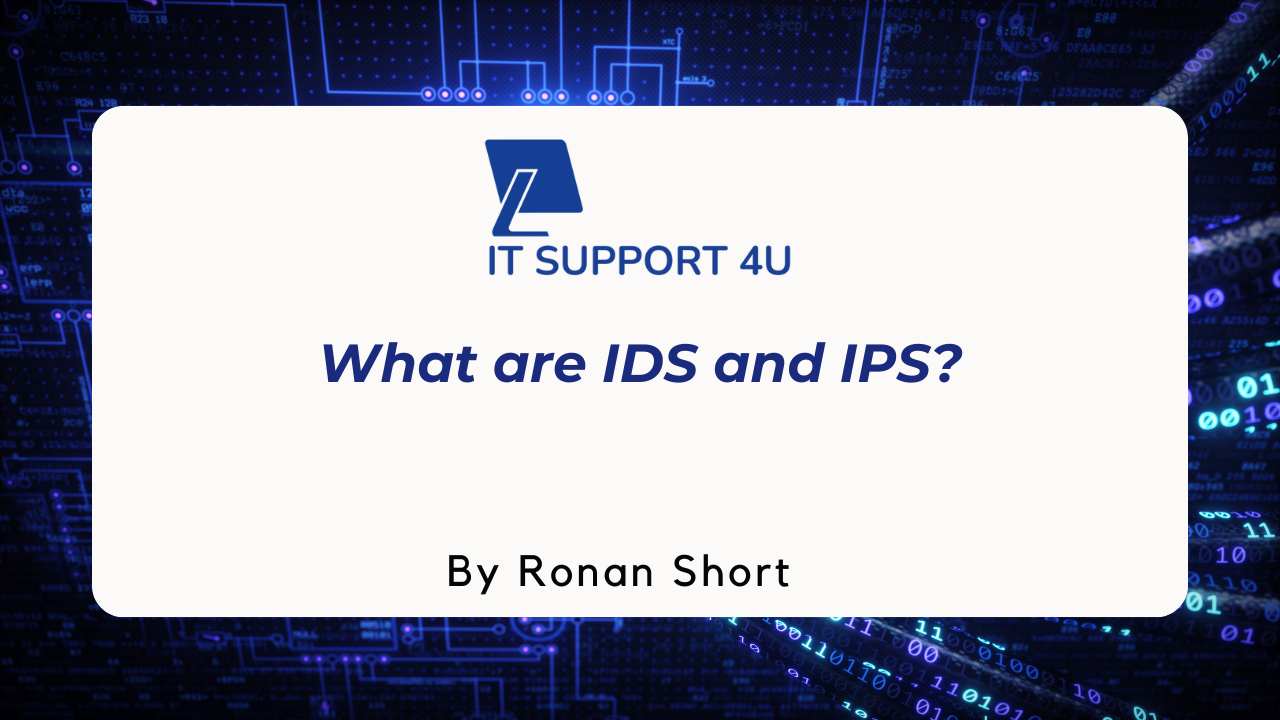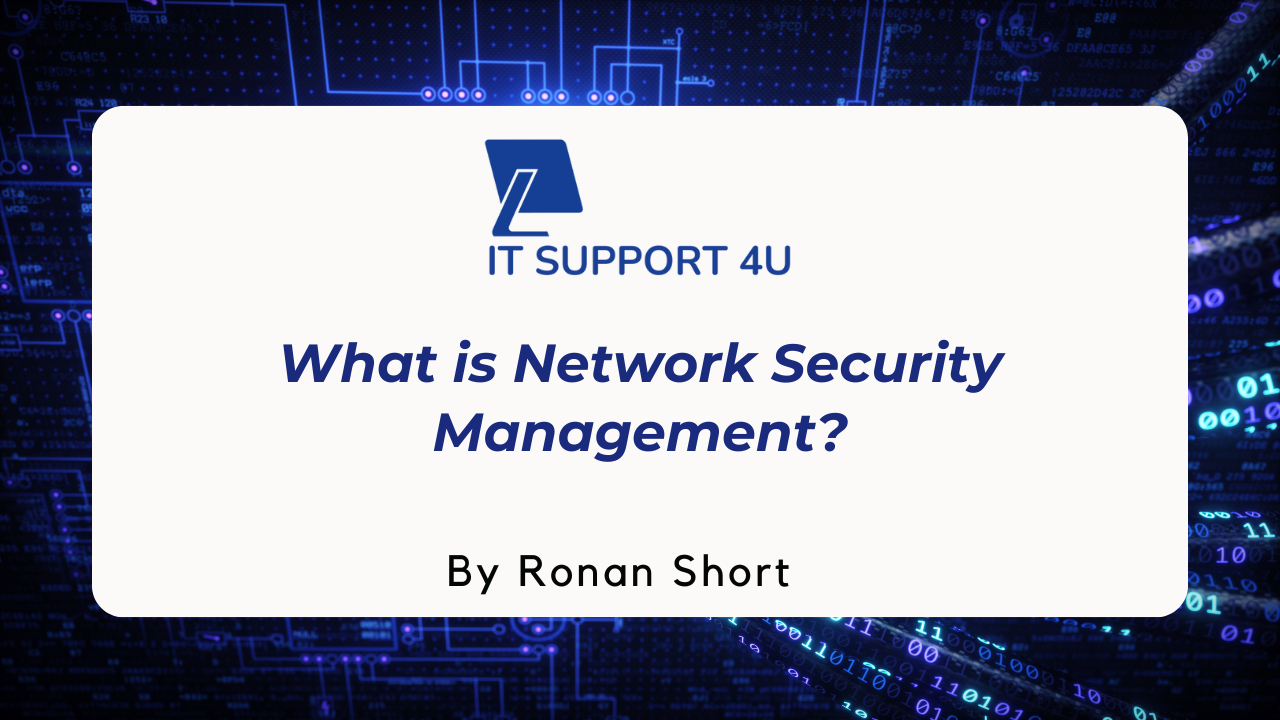Have you ever faced the hazards of handling your IT services under your own roof? A recent survey revealed that 65% of businesses exceed their budget when they oversee IT services internally due to unexpected hitches and upkeep costs.
So, this blog post explains potential stumbling blocks and proposes practical solutions for efficient management of your in-house IT department.
Are you all set to tackle the challenges associated with running an internal IT operation? So, let's go!
Key Takeaways
- Managing IT services in-house can lead to potential risks such as loss of control, communication barriers, unforeseen costs, privacy and security concerns, and a lack of experience with remote teams.
- Outsourcing IT services can offer improved efficiency, cost savings, and access to advanced technology.
- To mitigate the risks of managing IT services in-house, companies should focus on developing effective communication strategies, investing in training and development for staff, implementing strong security measures, and regularly evaluating and updating technology.
Risks of Managing IT Services In-House
Loss of control, communication barriers, unforeseen costs, privacy and security concerns, and a lack of experience with remote teams.
Loss of control
We may feel less in charge when we outsource our IT services. The fear is that the people we hire won't do things the way we want them to. They might not think the same way or have the same goals.
But we don't have to worry too much. We can lessen this risk by having clear contracts and good lines of communication with our service provider.
Communication barriers
Effective communication is crucial for the smooth management of IT services. However, when handling IT services in-house, there can be communication barriers that hinder collaboration and efficiency.
These barriers may arise due to language differences, a lack of clarity in instructions or expectations, or even technological limitations. When team members are unable to communicate effectively, it can lead to misunderstandings, delays in resolving issues, and a decrease in productivity.
It is important for companies managing IT services in-house to prioritise clear and open communication channels between team members to ensure that everyone is on the same page and working towards common goals.
Unforeseen and hidden costs
Managing IT services in-house can come with unforeseen and hidden costs that can impact a company's budget. These costs may arise from developing and maintaining an in-house system, such as purchasing hardware, software licenses, and hiring IT staff.
Additionally, there might be unexpected expenses related to system upgrades or repairs. Without careful planning and budgeting, these costs can quickly add up and exceed the allocated budget for IT services.
It is important for homeowners to consider these potential financial risks when deciding whether to manage IT services in-house or outsource them to a reliable service provider.
Privacy and security concerns
Privacy and security are major concerns when it comes to managing IT services in-house or outsourcing them. When companies handle their own IT services, there is a risk of data breaches and unauthorised access to sensitive information.
Without proper security measures in place, hackers can easily target vulnerable systems and cause significant damage.
On the other hand, when outsourcing IT services, companies need to ensure that the service provider has robust security protocols in place to protect their data. If not carefully vetted, an outsourced provider may have weaker security measures than what the company would implement on its own.
Both scenarios require careful consideration of privacy issues as well. Companies must be aware of how their data is being handled and stored by service providers, whether internally or externally.
Failure to address these concerns can result in legal consequences and damage to a reputation.
Lack of experience with remote teams
Managing IT services in-house can pose risks, especially when it comes to working with remote teams. Without prior experience or knowledge in handling remote teams, companies may face challenges in effectively managing and coordinating tasks.
Communication barriers can arise, leading to misunderstandings and delays in project execution. In addition, building trust and fostering collaboration within a remote team can be more difficult than in an in-person setting.
So, it is important for companies to invest in training and development programmes that equip their staff with the necessary skills for managing remote teams successfully. By doing so, they can overcome the lack of experience and ensure smooth communication and efficient coordination between team members.
Importance of Outsourcing IT Services
Outsourcing IT services offers improved efficiency, cost savings, and access to advanced technology.
Improved efficiency and expertise
Outsourcing IT services can lead to improved efficiency and expertise for Irish homeowners. By entrusting their IT needs to external experts, companies can tap into a pool of specialised knowledge and skills that may not be available in-house.
These experts have extensive experience in managing IT systems and can quickly identify and resolve any issues that arise. Additionally, outsourcing allows companies to benefit from the latest technological advancements without having to invest in expensive equipment or training.
This results in increased productivity, streamlined operations, and ultimately improved customer satisfaction.
Cost savings
Outsourcing IT services can provide significant cost savings for homeowners in Ireland. By outsourcing their IT needs, homeowners can avoid the expenses associated with developing and maintaining an in-house system.
This means no additional costs for hiring and training staff, purchasing equipment, or upgrading technology. With outsourcing, homeowners only pay for the services they need when they need them, allowing them to better manage their budget and allocate resources more effectively.
Additionally, outsourcing can help minimise unexpected costs that may arise from hidden fees or unreliable service providers. Overall, by opting for outsourced IT services, Irish homeowners can achieve considerable cost savings while still receiving high-quality support for their technology needs.
Access to advanced technology
Outsourcing IT services can provide companies with access to advanced technology that they may not have in-house. By partnering with a specialised IT service provider, Irish homeowners can benefit from the latest tools, software, and equipment without having to invest heavily in purchasing and maintaining these resources themselves.
Additionally, this allows them to stay competitive in the rapidly evolving technological landscape and take advantage of innovations that can improve their efficiency, productivity, and customer experience.
With outsourced IT services, homeowners can leverage cutting-edge technology without the burden of managing it internally.
How to Tackle Risks of Managing IT Services In-House
To tackle the risks of managing IT services in-house, effective communication strategies should be developed, training and development should be invested in, strong security measures should be implemented, and technology should be regularly evaluated and updated.
Develop effective communication strategies
To tackle the potential risks of managing IT services in-house, it is vital to develop effective communication strategies. Here's how:
- Clearly define and communicate project goals and expectations to ensure everyone is on the same page.
- Regularly update team members on project progress and any changes or challenges that may arise.
- Foster open and transparent communication channels between the different departments involved in IT management.
- Encourage feedback from team members to identify any issues or areas for improvement in the IT management process.
- Implement regular check-ins and meetings to discuss updates, address concerns, and gather input from relevant stakeholders.
- Utilise efficient communication tools, such as project management software or collaboration platforms, to streamline information sharing.
- Provide training or resources on effective communication techniques to enhance collaboration and understanding among team members.
Invest in training and development
Investing in training and development is crucial for managing IT services effectively. It helps improve the skills and knowledge of your team, ensuring they can handle IT issues confidently. Here are some reasons why investing in training and development is important:
- It enhances the employee's skill set: Training programmes equip your IT team with the necessary skills and expertise to handle complex IT tasks. This improves their ability to troubleshoot problems, maintain systems, and keep up with technological advancements.
- It reduces system downtime: Well-trained IT professionals can quickly identify and resolve issues, minimising system downtime. This ensures smooth operations and prevents significant disruptions to your business.
- It addresses data privacy concerns: Training on information security best practises ensures that your team understands how to protect sensitive data from breaches or unauthorised access. This reduces the risk of data leaks or legal consequences related to privacy violations.
- It keeps up with technology updates: Regular training helps your team stay up-to-date with the latest technological advancements. They can learn about new software, tools, and trends that can improve efficiency and productivity within your organisation.
- It promotes effective communication: Training programmes often include modules on communication skills. This enables your IT staff to effectively communicate with colleagues and clients, ensuring better collaboration between different departments.
Implement strong security measures
To keep your IT services secure, it's important to implement strong security measures. Here's what you can do:
- Install and regularly update antivirus software to protect against malware and viruses.
- Set up firewalls to block unauthorised access to your network.
- Use secure passwords for all your accounts and change them regularly.
- Enable two-factor authentication for an extra layer of security.
- Regularly back up your data to ensure you can recover in case of a security breach or data loss.
- Train employees on how to recognise and avoid phishing emails and other online threats.
- Restrict access to sensitive information to only authorised personnel.
- Conduct regular security audits to identify any vulnerabilities in your system.
- Stay informed about the latest security best practises and updates, and apply them promptly.
Regularly evaluate and update technology
To keep up with the ever-changing world of technology, it's important for homeowners to regularly evaluate and update their IT systems. Here are some reasons why:
- Technology is constantly evolving, and outdated systems can become inefficient and vulnerable to security breaches.
- Regular evaluations allow homeowners to identify any weaknesses or areas for improvement in their current IT infrastructure.
- Updating technology ensures that homeowners have access to the latest features and functionalities that can enhance their overall user experience.
- By staying up-to-date with technological advancements, homeowners can take advantage of new tools and software that can make their lives easier and more convenient.
- Regular updates also help ensure compatibility with other devices and systems, allowing for seamless integration and connectivity.
- Upgrading hardware or software may improve performance, speed, and reliability, leading to a smoother user experience.
- Regular evaluations help identify any security vulnerabilities or risks in the system so that appropriate measures can be taken to strengthen cybersecurity defences.
- Keeping up with technology updates allows homeowners to stay ahead of potential threats or attacks from cybercriminals.
- Technology plays a crucial role in modern homes, including smart home automation systems, security systems, entertainment systems, and energy management solutions. Regular updates ensure these technologies continue to function optimally.
Our Verdict: Consider Outsourcing IT Services for Optimal Results!
In conclusion, managing IT services in-house can come with various risks. These include loss of control, communication barriers, unforeseen costs, privacy and security concerns, and a lack of experience with remote teams.
However, outsourcing IT services offers improved efficiency and expertise, cost savings, and access to advanced technology. So, to tackle the risks of managing IT services in-house, companies should focus on effective communication strategies, investing in training and development for staff, implementing strong security measures, and regularly evaluating and updating technology.
Get an IT Plan Today!













